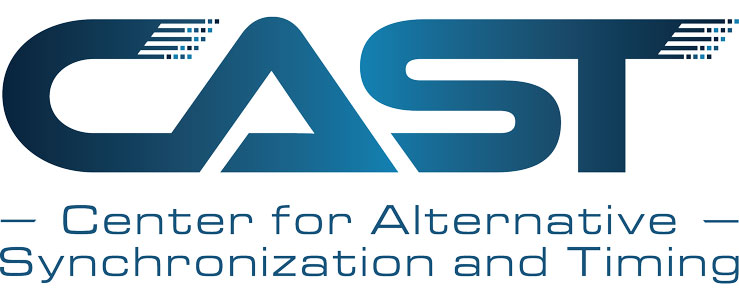
Data
CAST Open Timing Data Dashboard
Click the above link to reach a sample dashboard with synchronization data from the CAST timing and synchronization testbed.
At this link you will see two graphs representing metrics for timing performance: (1) Phase Offset; (2) Maximum Time Interval Error.
Phase Offset
Phase Offset is is a measure of the difference in phase of two timing signals. With the goal of synchronizing two clocks, whether they be a clock on a GNSS satellite and a clock on the ground, or two terrestrial clocks, Clocks can be thought of as oscillators, and oscillators produce waves (sine waves in this case), which have a phase: the distance between two success wave peaks (or troughs). Phase Offset helps us understand how far their signal pulses differ in time. This can also be thought of as Time Error (TE). Phase Offset can be used to help us continuously “steer” one or more of our clocks to maintain alignment with the authoritative timing source. The smaller the Phase Offset values, the more synchronized the two clocks, with our goal being to minimizing offset (to maximize synchronization). In our case, we are measuring Phase Offset in nanoseconds. Data is captured from the two clocks every second and averaged over 5 minute intervals; this is represented in the graph.
Maximum Time Interval Error
Maximum Time Interval Error (MTIE) is a metric used to characterize how much the above Phase Offset or Time Error changes over a discrete time interval. Rather than measuring the absolute difference between two time signals, MTIE helps us understand the relative stability of one clock relative to another as measured by the peak-to-peak difference in TE. It is essentially a measure of “jitter”, or variance over time. As above, we are measuring MTIE in nanoseconds. Data is captured from the two clocks every second and averaged over 5-minute intervals; this is represented in the graph.

